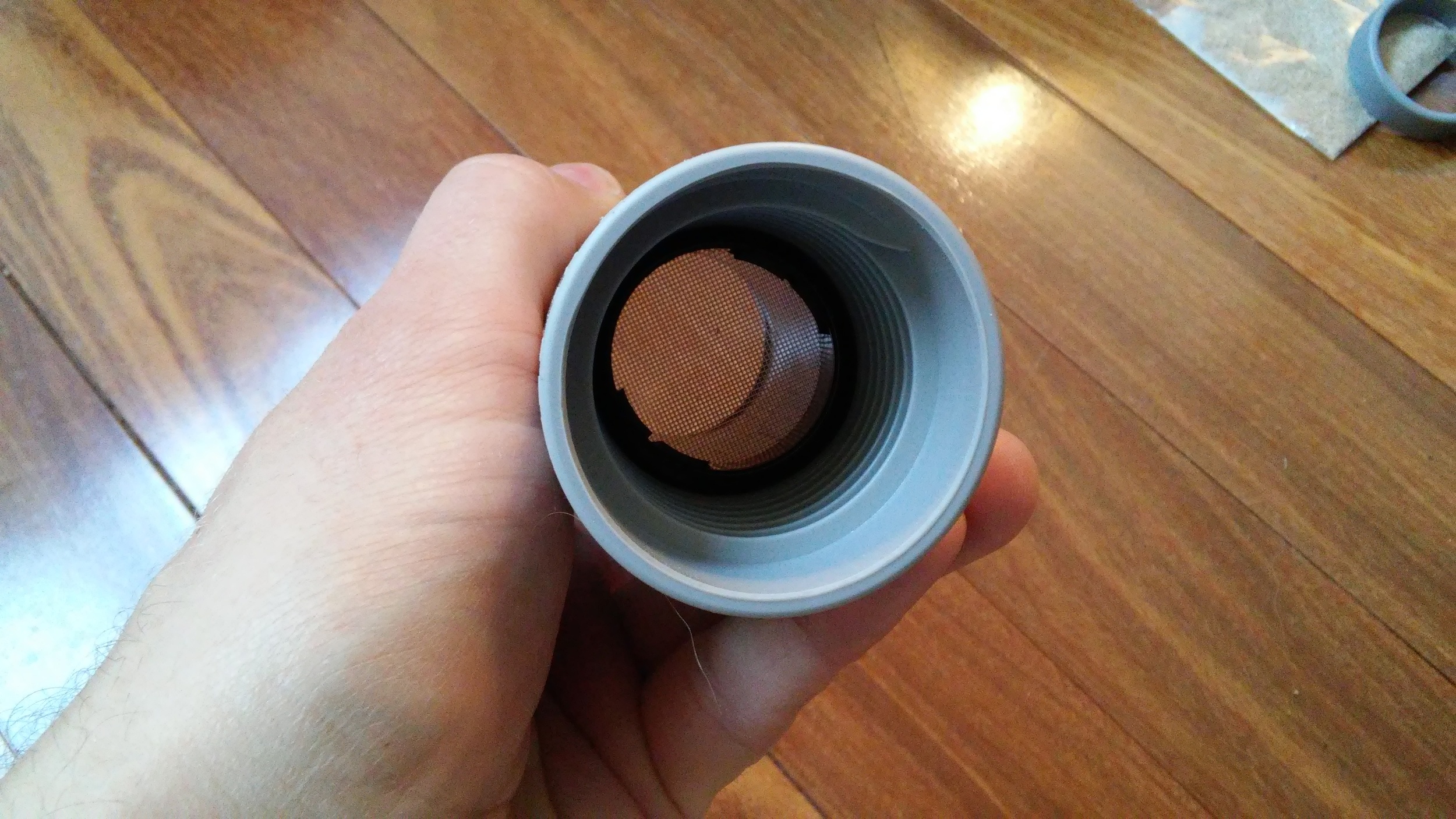We don't want a black tank in our house. Something about carrying around a talk full of raw sewage inside our house just doesn't seem like a good idea. We wanted a liquid diverting system, and were initially looking at the Nature's Head after watching a video from The Wynns and seeing Snowmads install the same one.
The main reason for choosing the Airhead instead is that it has a standard type toilet seat that you can lift and lower, while the Nature's Head has a seat that's molded into the base. Nature's Head lists the molded seat as a feature: "Durable! Easy to Clean! Never needs replacement!" I sure hope it's easy to clean if you can't lift it, 'cause you're going to be cleaning it a lot.
I also like that the liquids tank in the Airhead is opaque except for a viewing window. I don't see any reason to put the liquids on display.





















First impression is that it looks like a quality product. Reasonably well thought-out construction, moving parts feel pretty sturdy, and it has a functional household size. I'll have more feedback on function once it's installed and in use.
One note on composting. My reading of the Nature's Head documentation seems to imply that solids compost in a matter of days or weeks. Airhead's documentation is clear: it takes three months for composting to occur. In a full-timing situation, we're not going to be hanging on to the contents of the solids tank and waiting for it to decompose so that we can use it as compost on ornamental plants. While the solids will be much less offensive to deal with than the contents of a black tank, they're still going to need to be disposed of carefully.




























